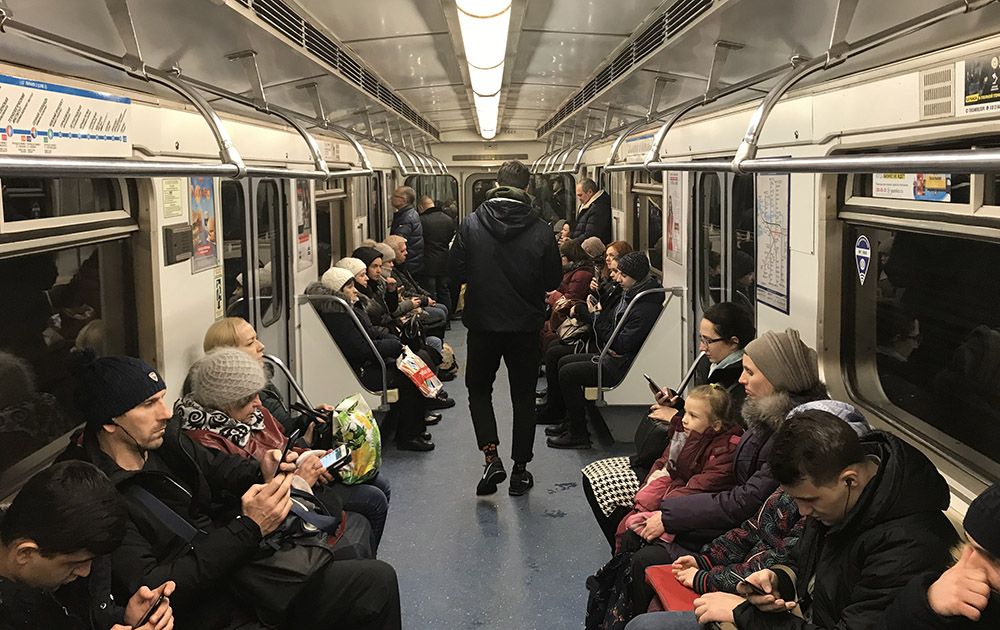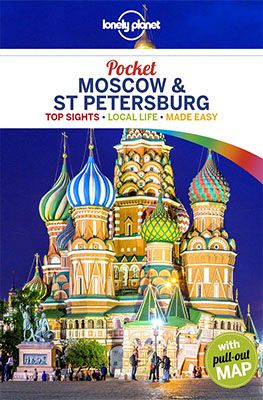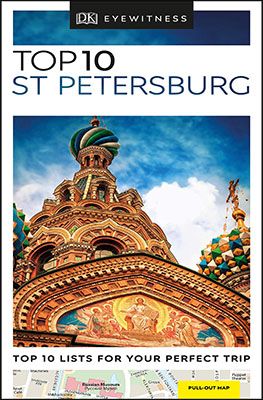Local culture in Saint Petersburg
St. Petersburg, also known as the Venice of the North, is the second largest city in Russia. The city is wonderfully spacious with wide avenues and roads and many canals. The city breathes culture, history and unprecedented beauty and splendour. Everywhere you find churches and cathedrals where both inside and outside gold leaf is processed. But also the old, elegant neo-classical and baroque buildings look stylish and well maintained. If you love culture, St. Petersburg is a perfect destination for a fantastic city break thanks to its numerous historical sights.
The region has been inhabited for 2500 years, but the city itself was only founded in 1703 by Tsar Peter the Great. There is much in the city that reminds you of that early period, including the Tsar’s first house built in just three days. St. Petersburg became the home of the tsars and the centre of imperial Russian culture. During the First World War, the city was renamed Petrograd, in 1924 to Leningrad in honour of Lenin, the communist revolutionary and founder of the Soviet Union, after which St. Petersburg literally and figuratively moved into the background. Since the collapse of the Soviet Union, the city has once again become the most cosmopolitan and western city in Russia. Since 1990, St. Petersburg has been on the UNESCO World Cultural Heritage List.
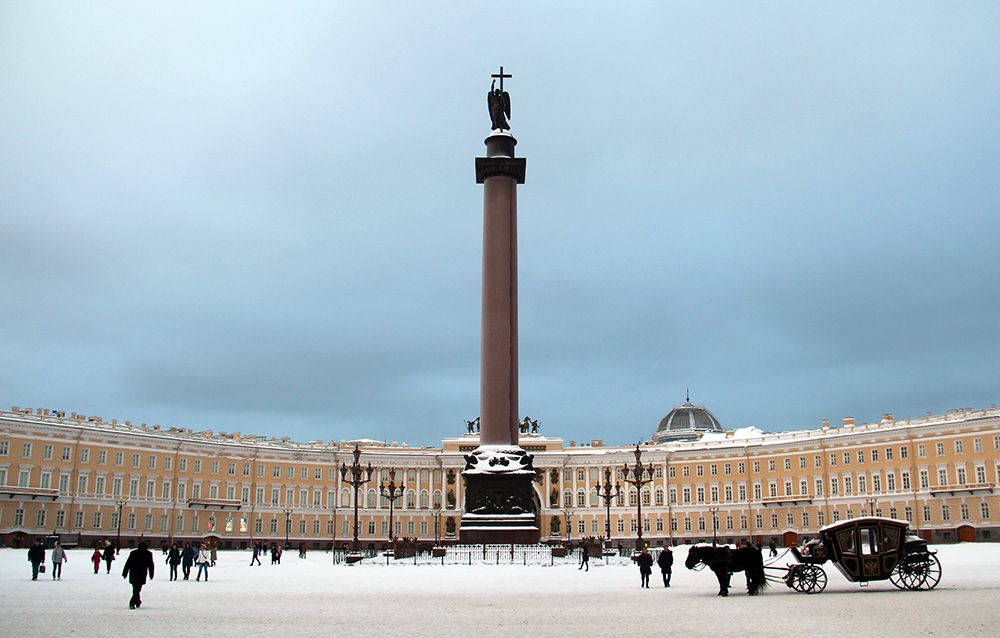
What to do and see in Saint Petersburg
In St. Petersburg there is a lot to see and do in every season. We were there in the winter, the season in which it can be bitterly cold but beautifully white. A visit to the Hermitage is a welcome break from the sometimes-long walks through the snow and cold. At several locations, including New Holland and on the island of Yelagin, skating. In late spring, summer and early autumn there are many boat trips to surrounding islands on the Neva.
Below are a few of the many attractions.

Hermitage
The Hermitage is the main attraction in St. Petersburg. It is an enormous palace museum with a collection of more than 3 million works of art from antiquity (the time of the Egyptians, Greeks and Romans) and the Middle Ages, from almost all parts of the world. Even if you’re not a big art lover, a visit to the Hermitage should not be left out of your city trip. The impressive building on the palace square and on the Neva alone will leave a special impression! The entrance costs 700 rubles, which corresponds to about €9.50. Then you can hire a guide or take an audio tour. We didn’t do either yet were inside for over 3.5 hours.
Church of the Saviour on spilled blood
A Russian Orthodox church built in 1881 on the site of the murder of Tsar Alexander II. The church is particularly striking from the outside and, with all its colourful domes, is an icon of the city. Inside you will find more than 6000 square metres of mosaics.
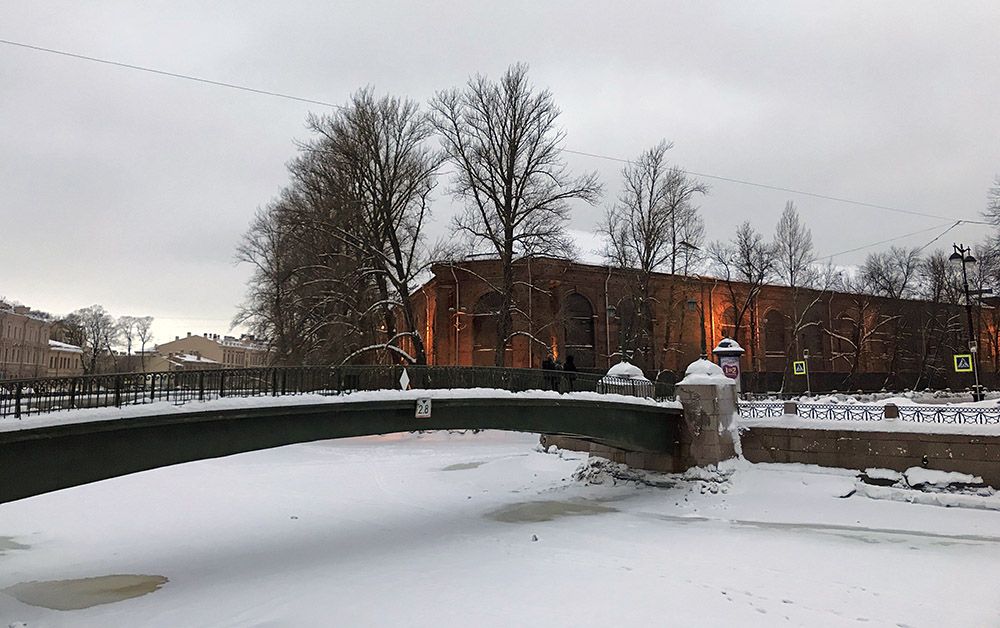
New Holland
This triangular island was created in 1719 when the Kryukov Canal and the Admiralty Canal connected the Moika River with the Neva. It is said that the island owes its name to the fact that there were many similarities with Amsterdam. Other sources indicate that Peter the Great named the island after the Dutch, who were asked at the time to help build the navy fleet. Large warehouses were built for timber storage and barracks that later served as a prison for the Navy. After the Russian revolution, the 18th-century buildings were neglected but the island is under renovation since 2010 and is being converted into an art and culture park.
We found the place a pearl of peace in the big city. You can go hiking and – in winter – skating. In the former prison you now have many particularly cosy bars and small but surprisingly good restaurants.
Mariinsky theatre
The Mariinsky Theatre is a historical theatre for opera and ballet. After its opening in 1860, Mariinsky became the most prominent music theatre of late 19th-century Russia. During most of the Soviet era it was known as the Kirov Theatre. Today, the Mariinsky Theatre is home to the Mariinsky Ballet, Mariinsky Opera and the Mariinsky Orchestra. Nearly 400 metres from the beautiful, green Mariinsky lies the modern Mariinsky Concert Hall. There, a fantastic orchestra plays the beautiful works of former Russian composers.
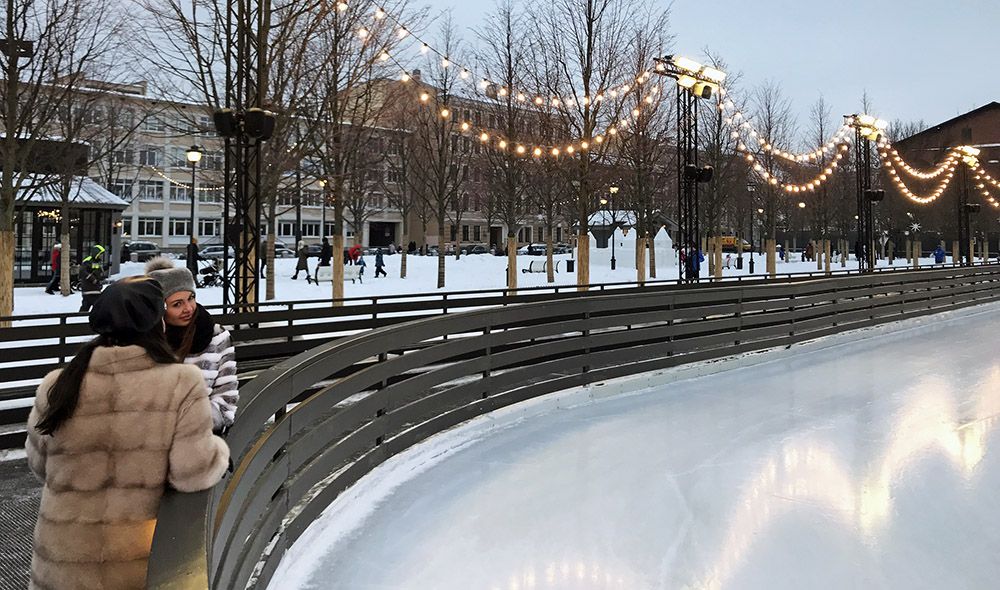
Peter and Paul Fortress
The Petrus-en-Paulus fortress is the original citadel of St. Petersburg, built by Peter the Great in 1703 to protect the city from the Swedes. From 1720, the St. Petersburg garrison was in it and the fortress was also one of the most notorious prisons in the Russian Empire. Even in the early 1920s, the fort was still used as a prison and execution site by the Bolshevik government. Nowadays it is a museum where you can also walk. From the fort you have a beautiful view of the winter palace (Hermitage).
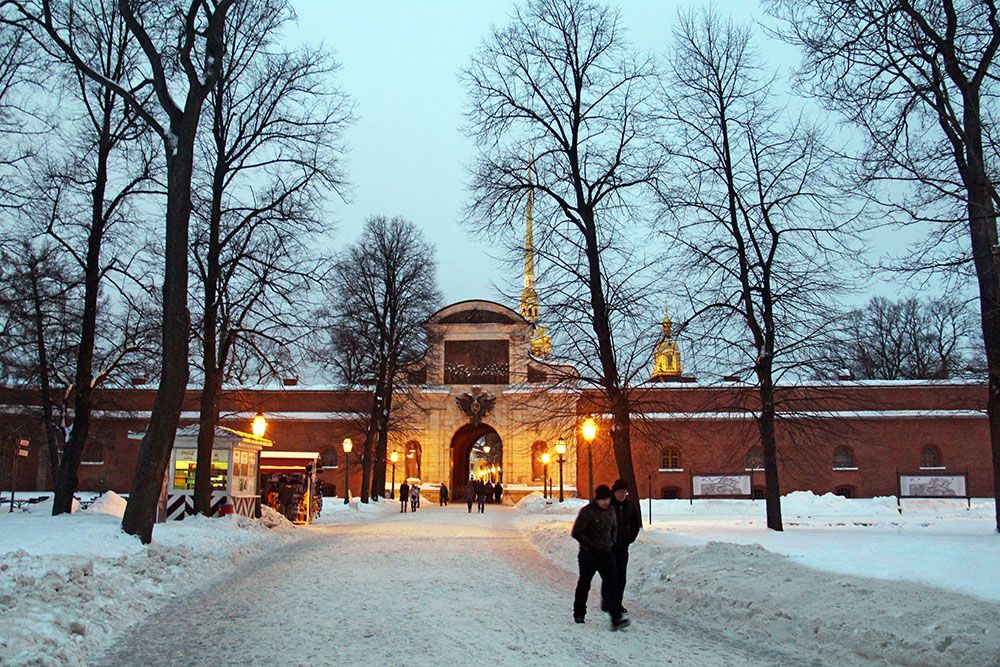
Saint Isaac’s Cathedral
Located near the Admiralty, this cathedral was built in 1818 by 400,000 workers and is a major attraction in the city. It is the third-tallest dome cathedral in the world. The view from the colonnade (observation deck) is one of the best views of the city. You have to climb 400 steps to get there! During construction, many people lost their lives, among other things by gilding the ceilings and crosses. A total of 400 kilos of gold was processed.
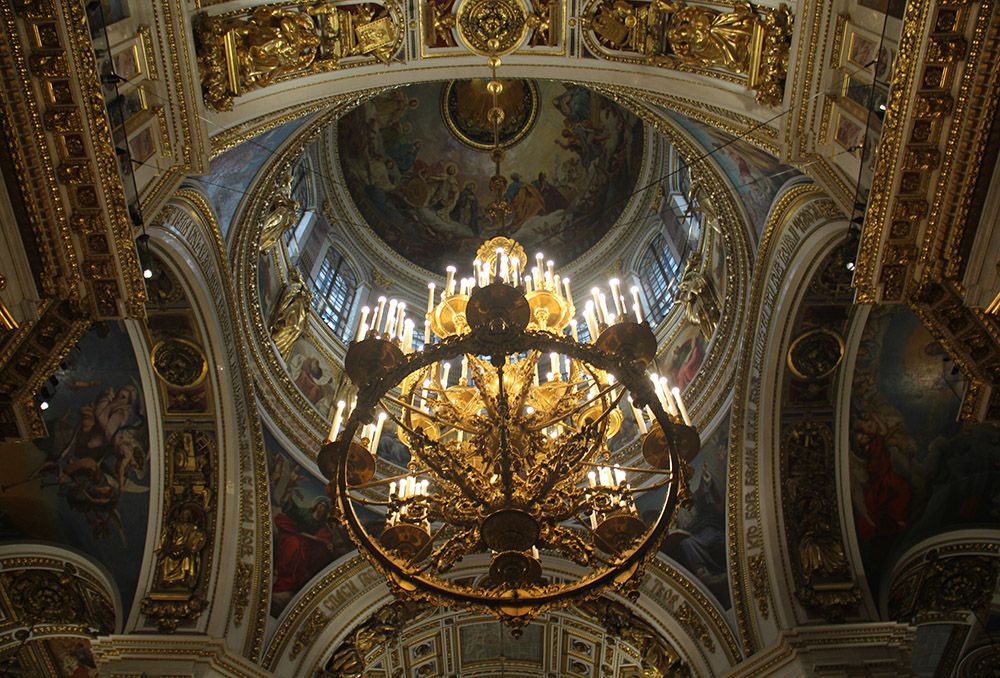
Practical matters
Accommodation in Saint Petersburg
There is plenty of accommodation in St. Petersburg but depending on the season it may be wise to book well in advance. Our advice would be to look for something near Nevskiy Prospekt, perhaps the main street or road in the city centre. From there you can visit almost all the main attractions in the city centre on foot. We were in the wonderfully comfortable, perfectly located and not too expensive 4-star Majestic Boutique Hotel Deluxe on Sadovaya Ulitsa. Find other accommodation in St Petersburg.
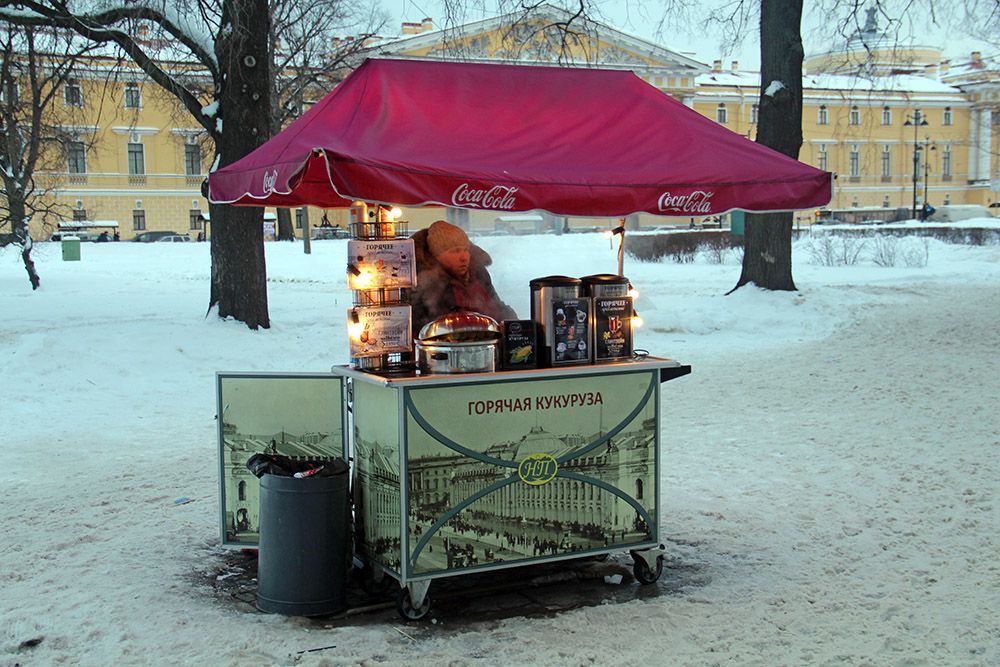
Best time to visit Saint Petersburg
We ourselves found the winter a nice time to visit the city. The canals and streets are a beautiful white, the prices are relatively low and there are few tourists. If the low temperatures (think minus ten during the day) don’t scare you, then February and March are very good months. Keep in mind that the footpaths can be treacherously slippery so wear (warm and waterproof) shoes or boots with a good sole. If you like the heat more, then May, June and September are very good travel months. From mid-June to August, the city is very busy with high prices and long queues as a result.
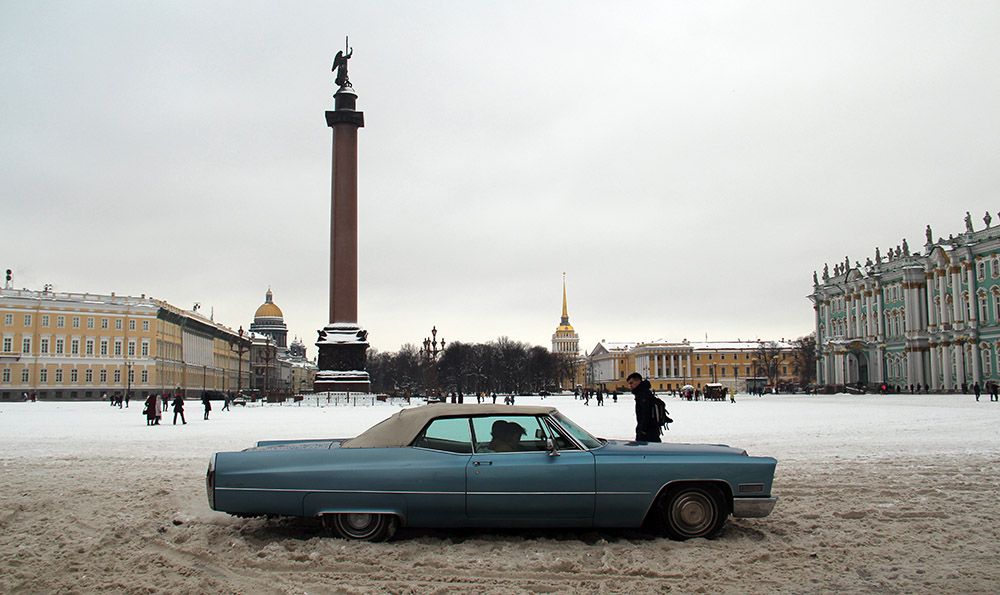
Russian language
For us, the language itself could not be followed at all, nor could we read it because of the Cyrillic script. Fortunately most street names include the names in Romanesque script. The same goes for the menus in restaurants and bars, and the information boards and columns in museums and churches. NB, few people speak English. In restaurants the waiters often looked helplessly to a (mainly younger) colleague who had to take over from that moment on. As in most countries, it helps in this city if you know some words in Russian, including thank you (spasieba), good morning (dobroye utro), good evening (dobriy vecher), see you (do svidanya), yes (da) and no (nyet).
Transport within Saint Petersburg
Although there are plenty of taxis to be found, we were advised to take public transport as the roads can become very congested during rush hour. From the airport, you can take a bus for about €0.50 to the big metro station Moskovskaya from where you can take line 2, from one of the deepest metro lines in the world to Nevskiy Prospekt for €0.60. As mentioned before, from that moment on almost everything can be done easily on foot. Take the boat or metro if you want to go to the more distant islands.
